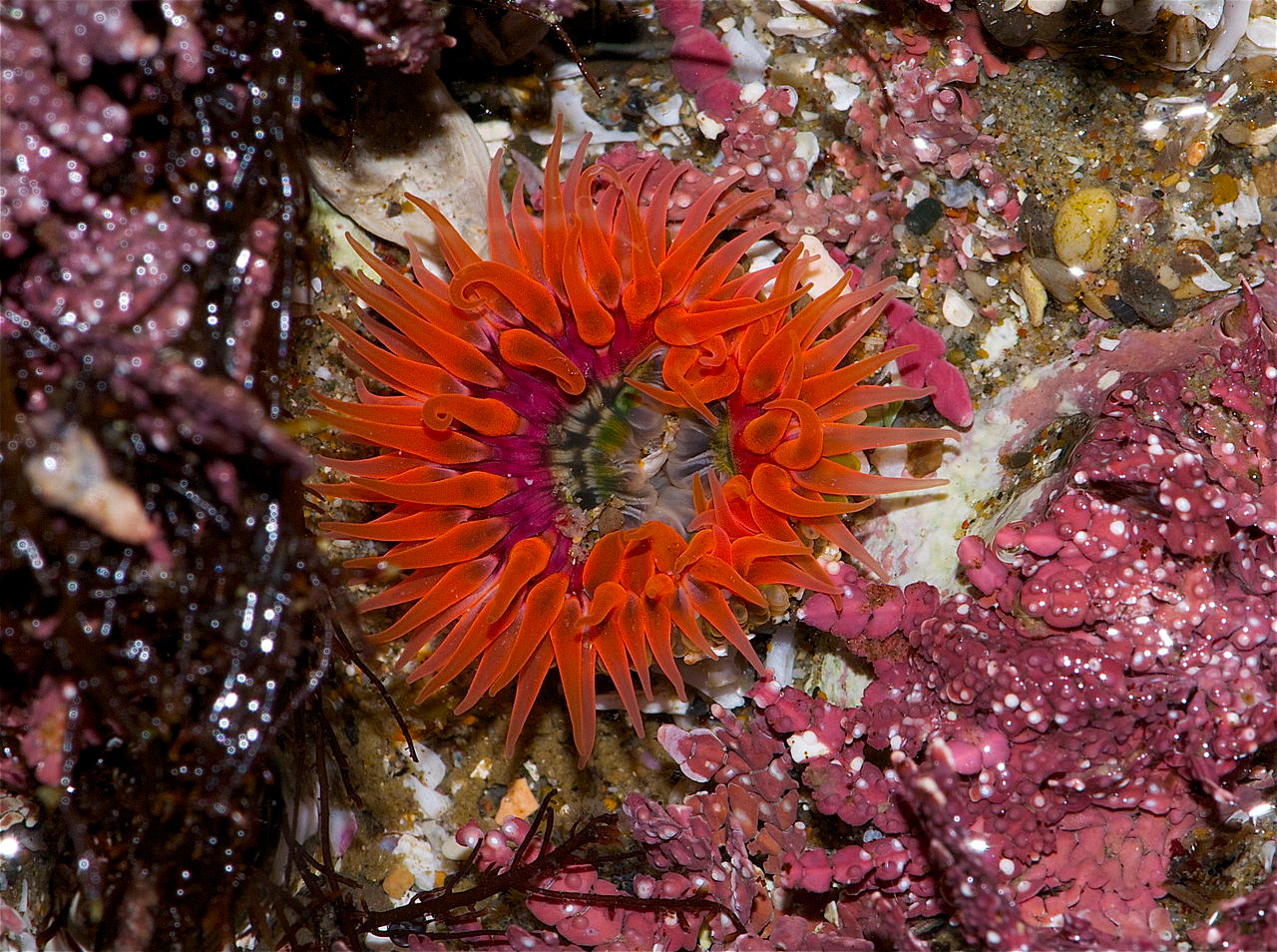Learn about some of our local stinging insects, from the familiar honeybee to the powerful velvet ant (watch out for that one!).
-150x150.jpg)
Sign up for our free weekly newsletter and understand everything better!

-150x150.jpg)
Learn about some of our local stinging insects, from the familiar honeybee to the powerful velvet ant (watch out for that one!).

Q: How does photosynthesis occur in plants that are not obviously green, such as ornamental plum trees with deep purple-colored leaves? [Paul, Santa Cruz] A: Photosynthesis (which literally means “light put together”) is that very elegant chemical process that jump-started … Read more
-150x150.jpg)
Snakes are famous for the amount of food they can stuff inside their skinny bodies. It’s common for a snake digesting a mouse or other prey to have an unsightly bulge marking the location of the meal. A snake’s lack … Read more
-150x150.jpg)
I go to the beach in January. Sometimes I bring a sweater and a hat. I go to the beach in June in work clothes and roll up the cuffs. It reminds me why I’m still in California, what my rent really includes, that I’m alive…
-150x150.jpg)
Gayle Ciardi, the first woman to serve as a watershed keeper for the San Francisco Public Utilities Commission, is the fourth-generation of her family to work on the SFPUC watershed.
-150x150.jpg)
For better and worse, the upper reach of the Pilarcitos watershed on the Peninsula was dammed to supply water to San Francisco in the 1860s. The surrounding land has been protected and kept off-limits to the public ever since, allowing rare species to thrive here. That includes the marbled murrelet, which nests only in old-growth conifers, such as Douglas fir. But the dam and other impacts also leave less water in the creek for oceangoing steelhead. Now, a diverse group of stakeholders has come together to chart a brighter future for the fish and the creek.

Across the Bay from Pilarcitos, in the Alameda Creek watershed, SFPUC finds itself involved in another steelhead restoration discussion, centered around the utility’s Calaveras Dam near Sunol Regional Wilderness. The reservoir created by the dam can hold about 97,000 acre-feet … Read more
-150x150.jpg)
Most folks don’t think much of snakes unless they trip over them. It turns out that a remarkable diversity of serpents lives nearby, from beautiful red-bellied ring-necked snakes hiding under logs in damp woodlands to three- or four-foot rattlers sunning themselves on rocky slopes in Sunol Regional Wilderness. Able predators, many of our local snakes have evolved fascinating strategies for subduing their prey, whether rodents, amphibians, or even other snakes.
-150x150.jpg)
The world’s largest turtle visits the Central California coast every summer.

Find out the latest on California’s effort to establish some of the strongest marine protected areas in the world.